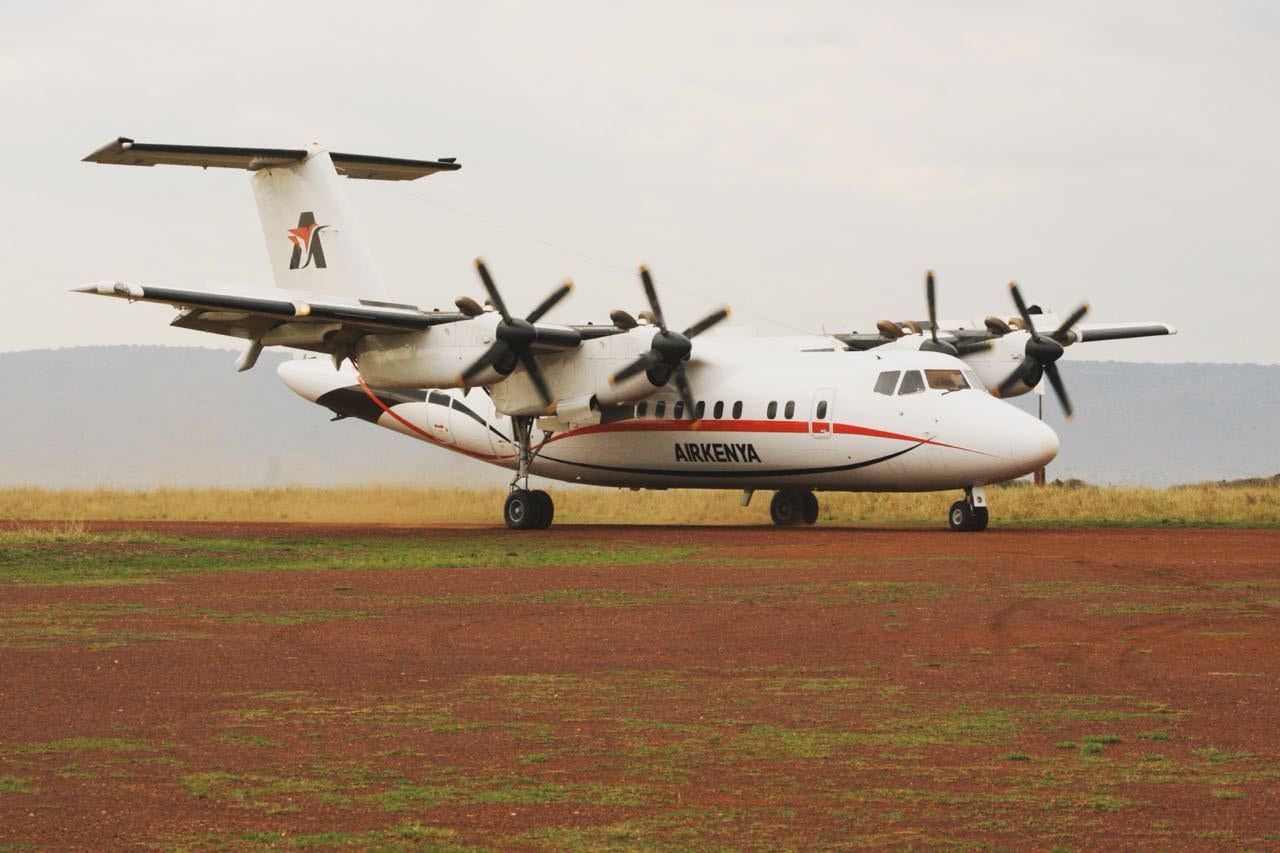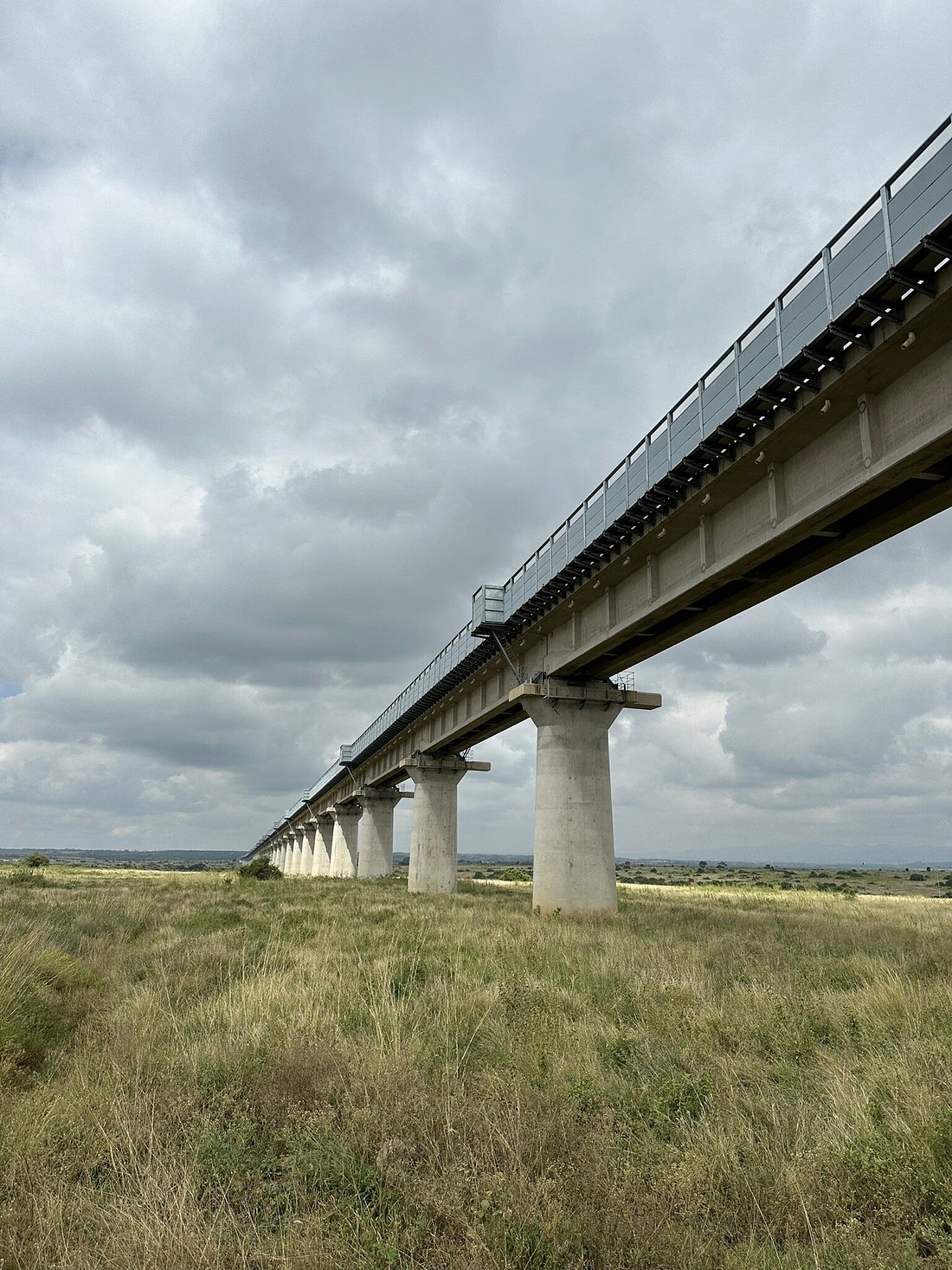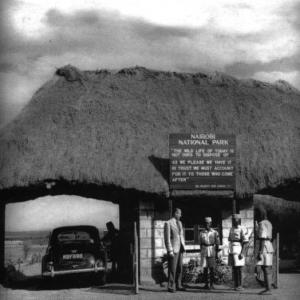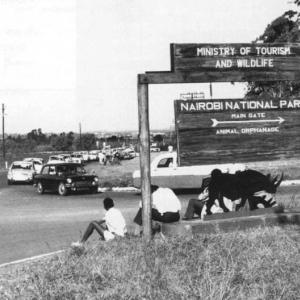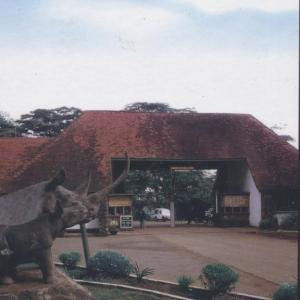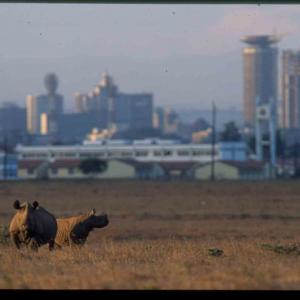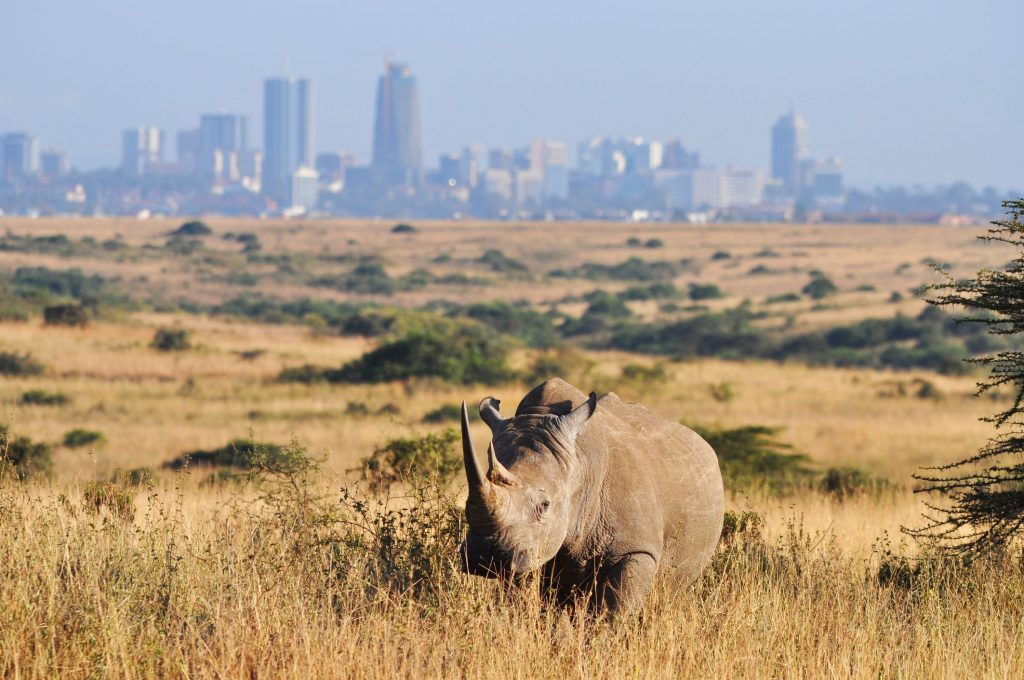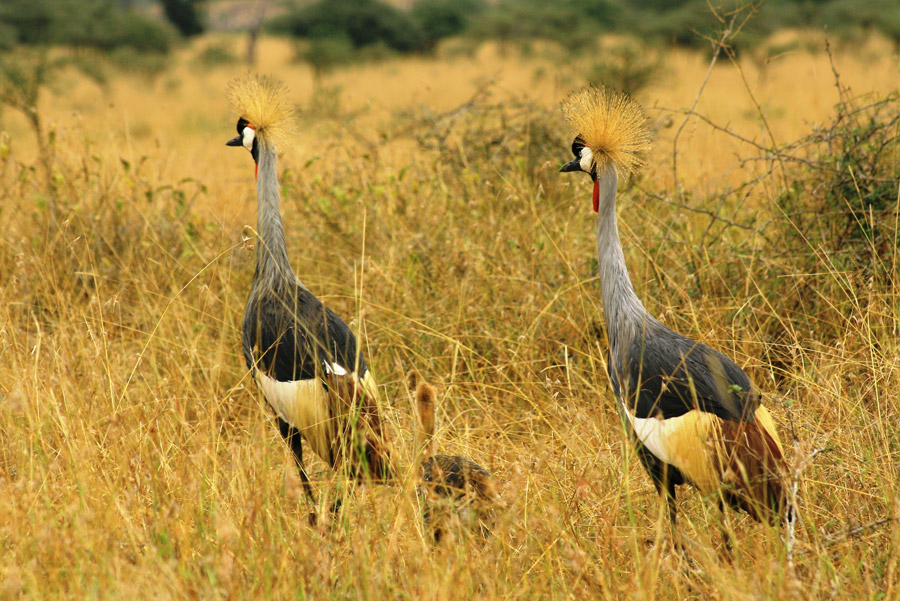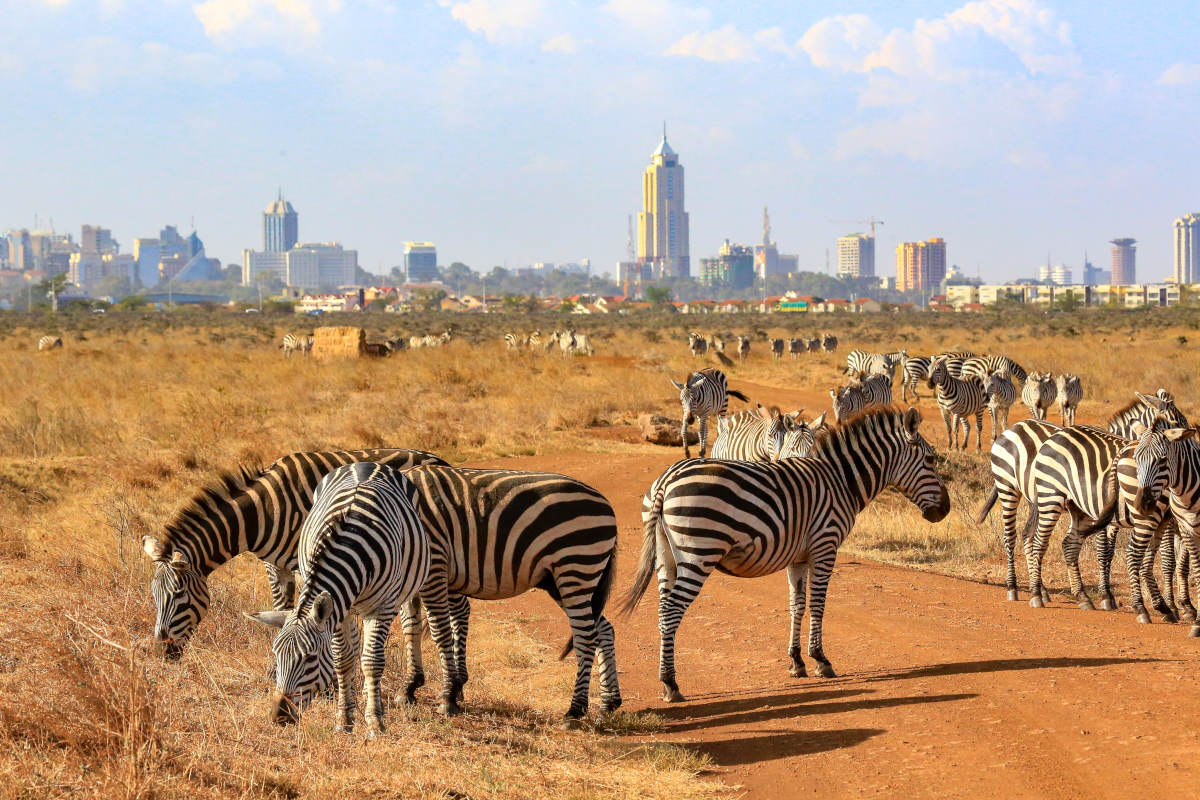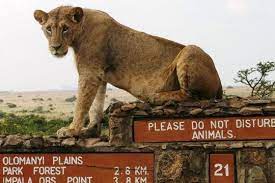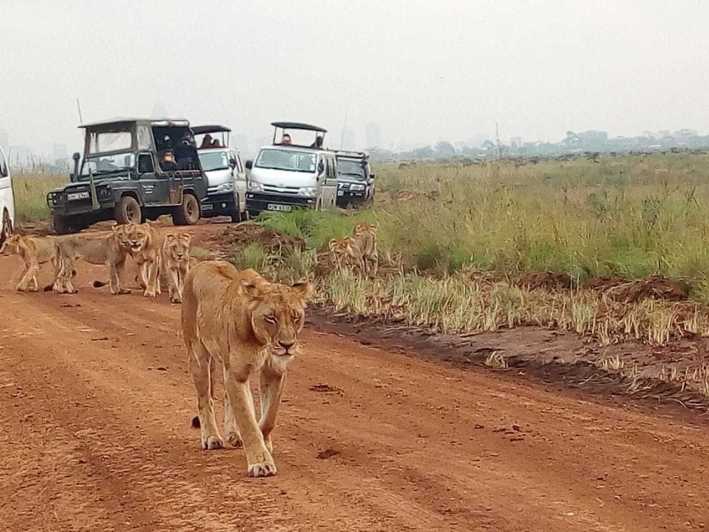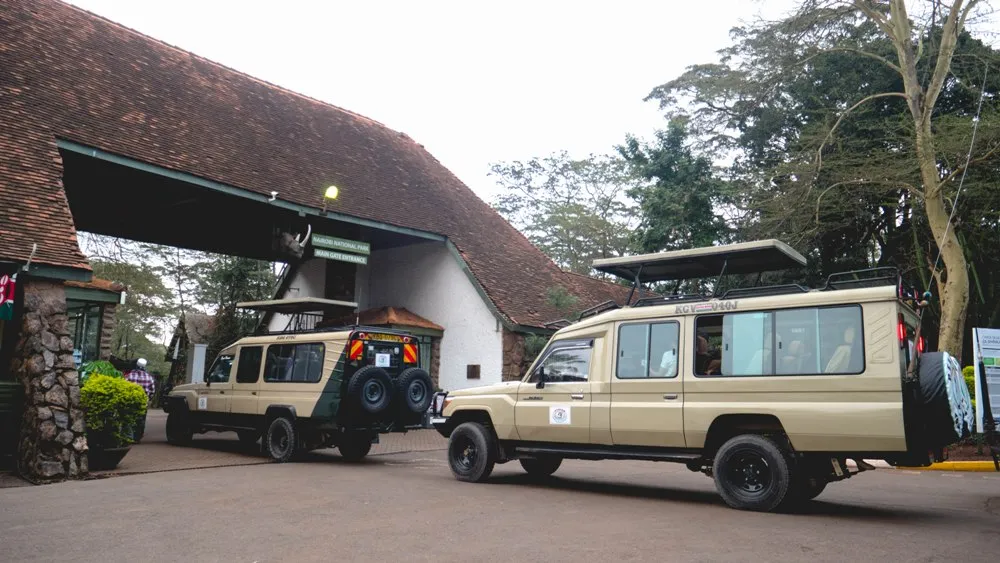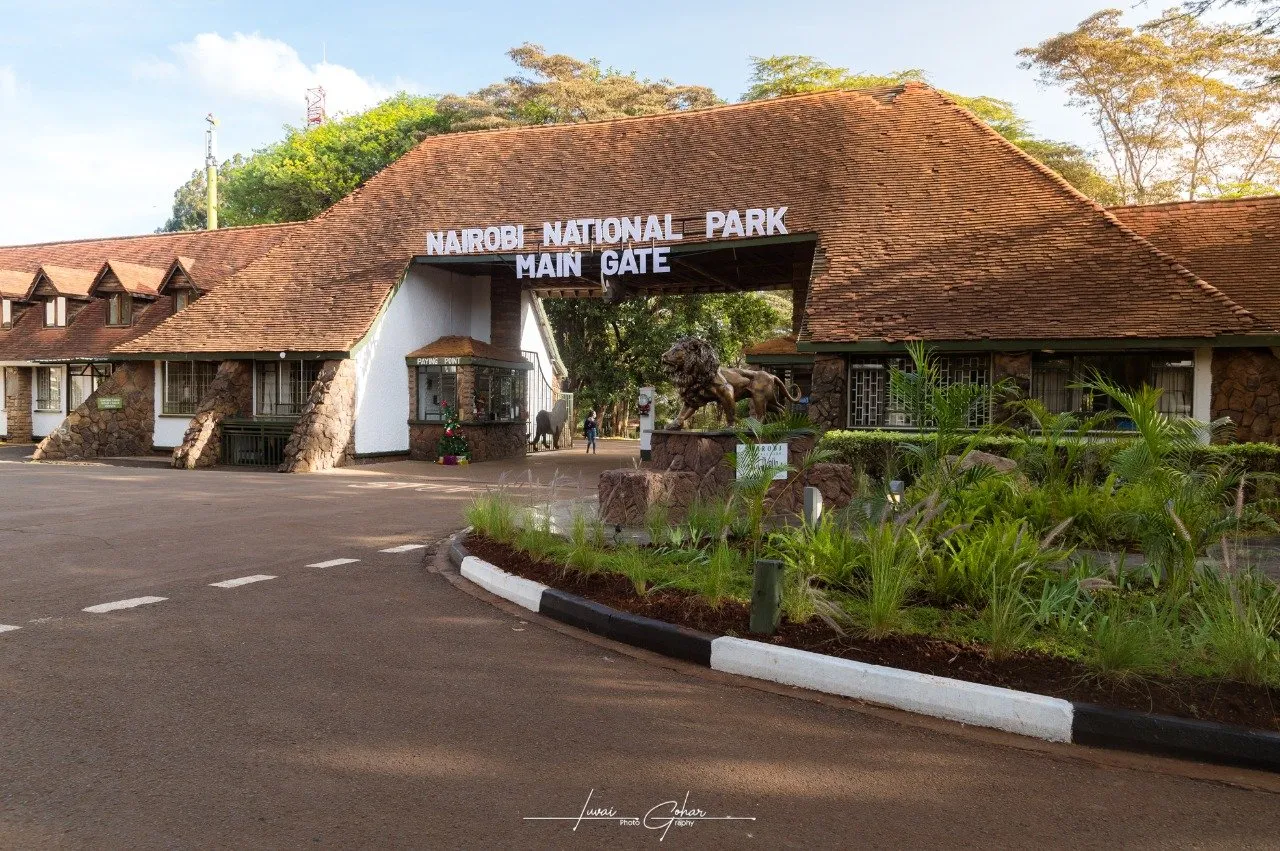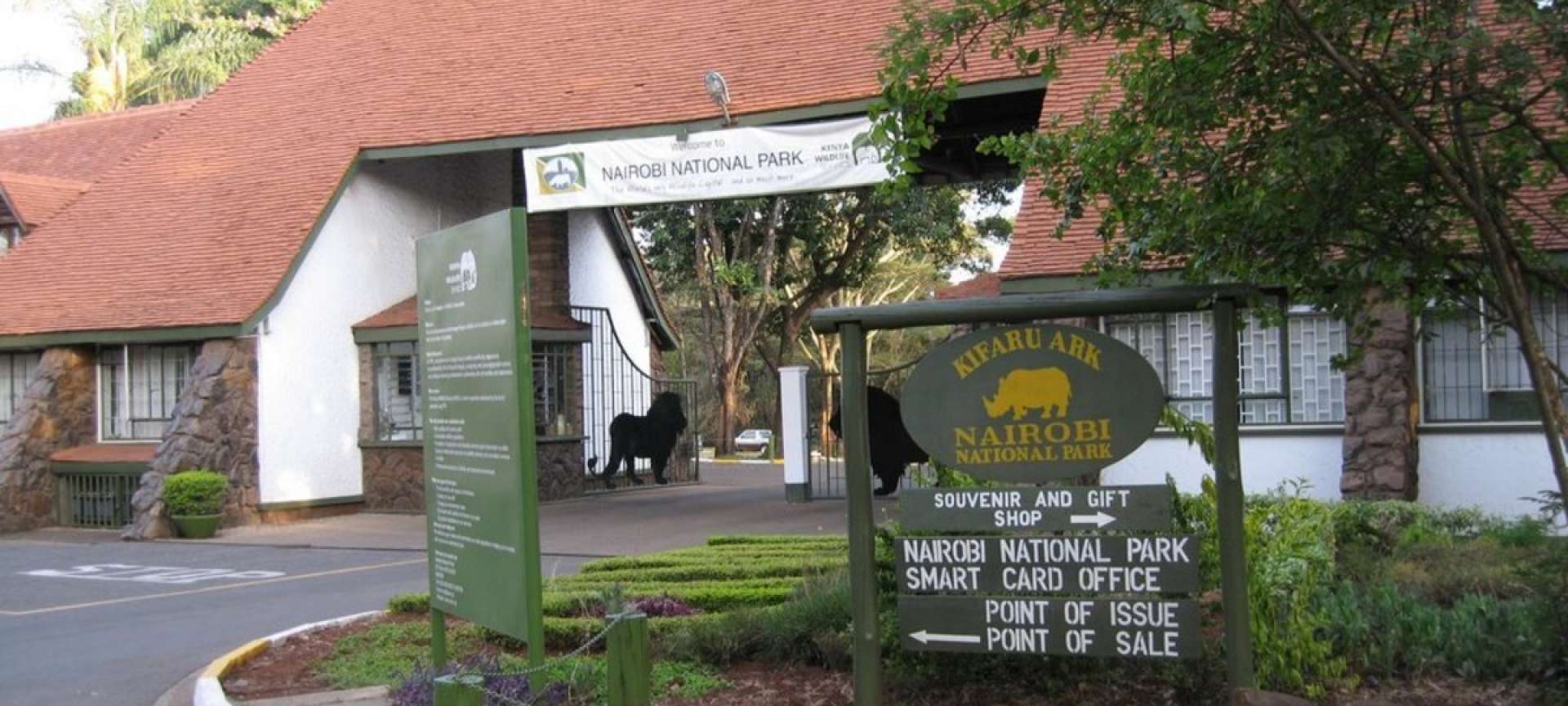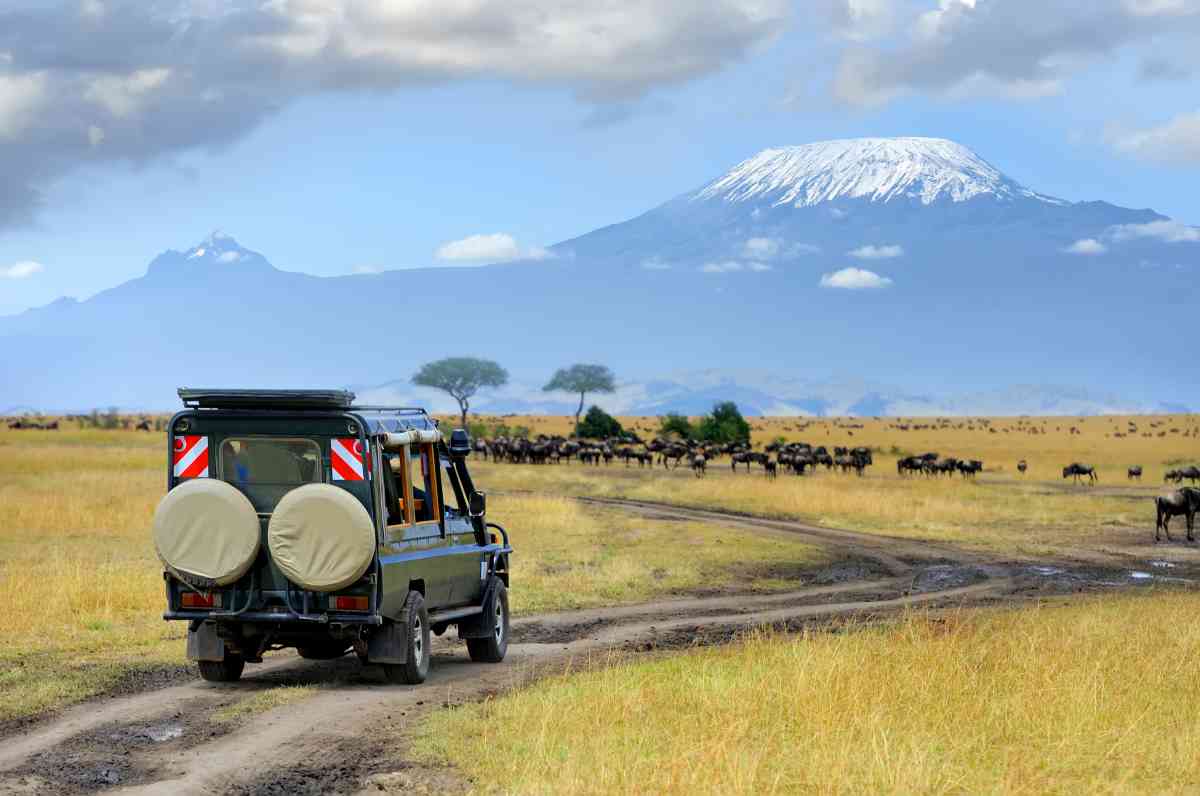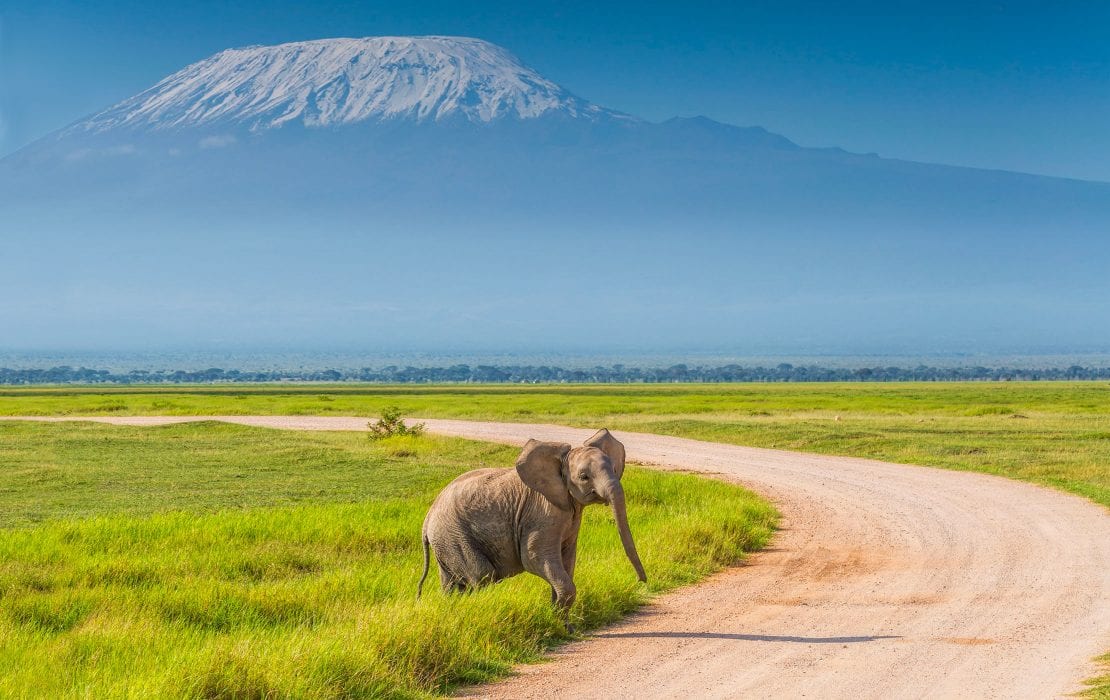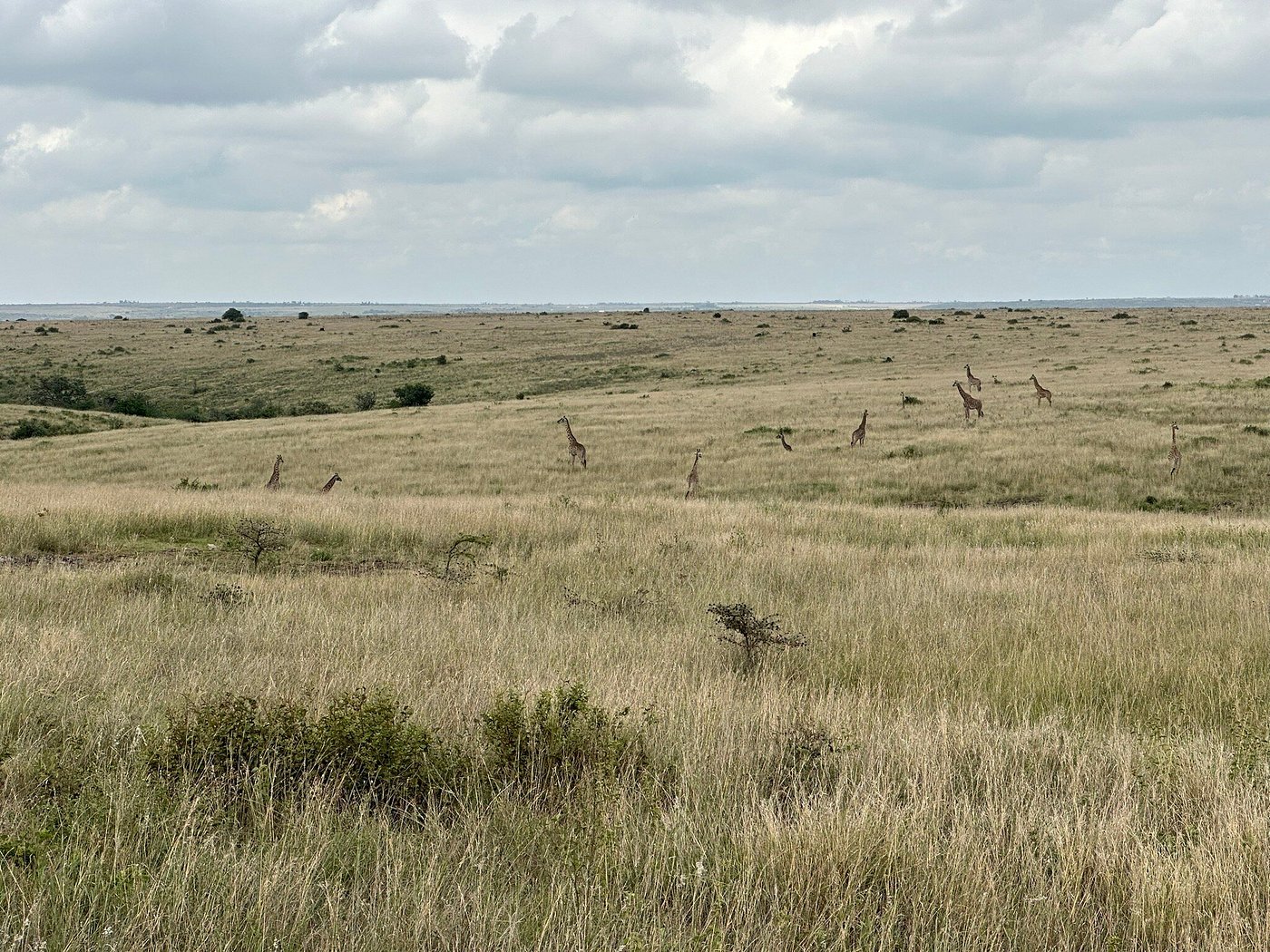
Nairobi National park
Overview
Nairobi National Park is a truly unique wildlife sanctuary, located just a few kilometers from the heart of Kenya's bustling capital, Nairobi. This park is one of the few national parks globally situated within the confines of a major city, creating a fascinating blend of urban life and untamed wilderness. It offers an unparalleled experience where the juxtaposition of city skyscrapers and wild savannah landscapes comes to life.
Spanning over 117 square kilometers (45 square miles), Nairobi National Park encompasses a variety of ecosystems, including open grasslands, savannah plains, rocky outcrops, and patches of dense acacia forest. Despite its proximity to the city, the park's well-preserved natural beauty and abundant wildlife make it an oasis for both locals and international visitors who want to experience an authentic safari without leaving the urban area.
The park is renowned for its diverse array of wildlife, including some of Africa's most iconic species. Visitors can encounter lions, leopards, cheetahs, giraffes, zebras, buffaloes, and a variety of antelope species as they traverse the park. Remarkably, Nairobi National Park also serves as a crucial sanctuary for rhinoceroses, with one of the highest densities of black rhinos in the country, making it an essential destination for those interested in seeing these majestic, yet endangered, creatures up close.
Birdwatchers will find the park a paradise, with over 400 bird species recorded within its borders. The avian diversity includes everything from ostriches and crowned cranes to the elusive secretary bird and various species of raptors. The park’s rich birdlife complements the mammalian species, making every visit a comprehensive wildlife experience.
One of the most striking features of Nairobi National Park is the incredible view of Nairobi's skyline set against the backdrop of the wild savannah. This unique sight creates a surreal image where wildlife roams freely with the cityscape in the background. Several viewpoints within the park allow visitors to take in these breathtaking scenes, offering perfect photo opportunities.
The park is also well-equipped with facilities and activities to enhance the visitor experience. Game drives are the most popular way to explore, with well-maintained roads and trails making the park easily navigable for both guided tours and self-drive safaris. Guided nature walks offer a more intimate experience of the park’s flora and fauna, while picnic spots provide serene settings for relaxation amidst nature.
Educational centers within the park serve as hubs for learning about conservation efforts, wildlife habitats, and the importance of biodiversity. These centers, along with nature trails, help to educate visitors on the crucial role Nairobi National Park plays in wildlife conservation, particularly as it faces the challenges of urban encroachment and habitat loss.
Nairobi National Park is more than just a sanctuary; it is a critical component of Kenya's conservation strategy. The park's existence right next to a rapidly expanding urban environment highlights the challenges and successes of wildlife preservation in the face of modern development. Its role in protecting endangered species, such as the black rhino, underscores its importance not just locally, but globally.
In conclusion, Nairobi National Park offers an extraordinary safari experience just minutes away from the city center. Its accessibility, combined with its rich wildlife, diverse ecosystems, and unique location, makes it a must-visit destination for nature lovers, photographers, and anyone looking to experience the wild heart of Kenya without leaving the city.
Park access
Nairobi National Park Main Gate
Park gates
Nairobi National Park Main Gate
Park attractions
Animals include buffalo, giraffe, lion, leopard, baboon, zebra, wildebeest and cheetah---100 mammal species.
400 migratory and endemic bird species.
Park wildlife
buffalo, giraffe, lion, leopard, baboon, zebra, wildebeest and cheetah,endangered black rhino, cheetahs, hyenas, buffaloes, and diverse birdlife with over 400 species recorded.
Camping
Three campsites and the walking trails for hikers.

